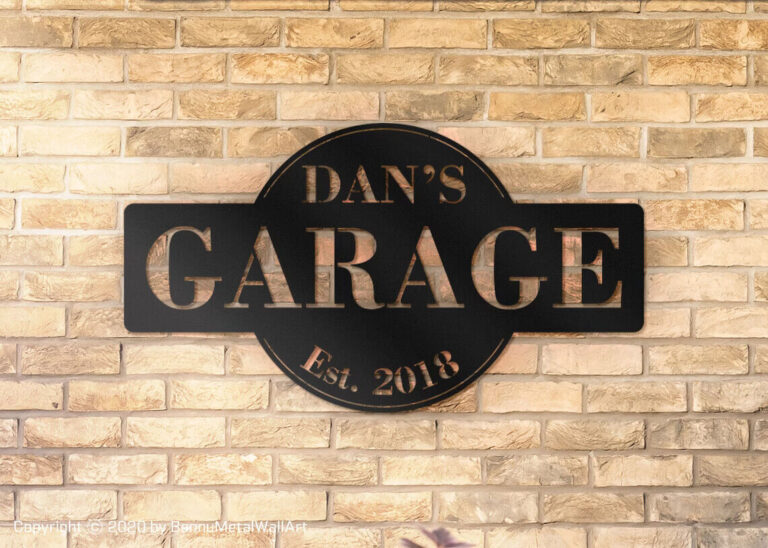Are you struggling to drive traffic to your Shopify website? The answer might lie in optimizing your website with the right keywords. Keywords play a vital role in search engine optimization (SEO) and can significantly impact your website’s visibility and ranking on search engine results pages (SERPs). In this article, we’ll explore the importance of adding keywords to your Shopify website and provide you with a step-by-step guide on how to effectively incorporate them. Let’s dive in!
Table of Contents
- Introduction
- Understanding Keywords and Their Role in SEO
- Keyword Research: The Foundation of SEO
- Utilizing Keyword Research Tools
- Long-Tail vs. Short-Tail Keywords
- On-Page Optimization: Where to Place Keywords
- Optimizing Page Titles and Meta Descriptions
- Incorporating Keywords in Heading Tags (H1, H2, H3)
- Crafting Keyword-Rich Content
- Image Alt Text and File Names
- URL Structure and Keyword Inclusion
- Creating SEO-Friendly Product Descriptions
- Avoiding Keyword Stuffing: Best Practices
- Monitoring and Adapting Your Keyword Strategy
- Mobile Optimization and Voice Search Impact
- The Importance of High-Quality Content
- Backlinks and Their Connection to Keywords
- Utilizing Social Media for Keyword Exposure
- Conclusion
Understanding Keywords and Their Role in SEO
Keywords are the words and phrases that users enter into search engines when looking for information, products, or services. Incorporating relevant keywords into your Shopify website’s content allows search engines to understand the context of your site and match it with user queries. This, in turn, increases the chances of your website appearing on the top pages of search results.
Keyword Research: The Foundation of SEO
Before you start adding keywords to your Shopify website, it’s essential to conduct thorough keyword research. This involves identifying keywords that are relevant to your business and have a reasonable search volume. Utilize keyword research tools like Google Keyword Planner, SEMrush, or Ahrefs to uncover high-potential keywords that your target audience is searching for.
Long-Tail vs. Short-Tail Keywords
When conducting keyword research, you’ll come across two types of keywords: long-tail and short-tail. Short-tail keywords are shorter phrases that are often more competitive, while long-tail keywords are longer and more specific. It’s beneficial to include a mix of both types in your content to cater to various search intents.
On-Page Optimization: Where to Place Keywords
Once you’ve identified your target keywords, it’s time to optimize your Shopify website’s pages.
Optimizing Page Titles and Meta Descriptions
The page title and meta description are prime real estate for keywords. Craft compelling page titles that include your primary keyword and accurately describe the content. Meta descriptions should be concise, engaging, and include relevant keywords to entice users to click through.
Incorporating Keywords in Heading Tags (H1, H2, H3)
Heading tags not only enhance the readability of your content but also provide a structure for search engines to understand your content hierarchy. Use H1 for your main title and incorporate relevant keywords in H2, H3, and other subheadings throughout the content.
Crafting Keyword-Rich Content
When creating content for your Shopify website, naturally integrate keywords within the text. Avoid keyword stuffing, as search engines can penalize websites for overusing keywords unnaturally. Focus on providing valuable and informative content that resonates with your audience.
Image Alt Text and File Names
Don’t overlook the potential of images in SEO. Use descriptive alt text for images, including relevant keywords, to make your visual content accessible to search engines.
URL Structure and Keyword Inclusion
An often overlooked aspect of SEO is the URL structure. Incorporate keywords in your URLs to provide both users and search engines with a clear idea of what the page is about.
Creating SEO-Friendly Product Descriptions
For Shopify websites selling products, optimizing product descriptions is crucial. Include relevant keywords in product titles and descriptions, providing potential customers with accurate and helpful information.
Avoiding Keyword Stuffing: Best Practices
While keywords are essential, avoid the temptation to stuff them excessively into your content. Maintain a natural flow and ensure that keywords fit contextually within the text.
Monitoring and Adapting Your Keyword Strategy
SEO is an ongoing process. Regularly monitor the performance of your keywords using tools like Google Analytics. If certain keywords aren’t delivering the desired results, be open to adjusting your strategy.
Mobile Optimization and Voice Search Impact
With the rise of mobile devices and voice search, ensure your website is mobile-friendly and optimized for voice-activated queries. Consider how users might phrase their searches conversationally.
The Importance of High-Quality Content
Keywords are essential, but they should complement high-quality content. Engaging, informative, and valuable content keeps visitors on your site, reducing bounce rates and improving SEO.
Backlinks and Their Connection to Keywords
Backlinks from reputable sources contribute to your website’s authority. When other websites link to your content, it adds credibility and can positively impact your SEO efforts.
Utilizing Social Media for Keyword Exposure
Promote your content on social media platforms to increase its visibility. Social signals can indirectly influence your website’s search engine ranking.
Conclusion
Incorporating keywords into your Shopify website is a fundamental aspect of improving your online visibility and driving organic traffic. Remember that SEO is a gradual process, and results may take time. By following the steps outlined in this guide, you’ll be well-equipped to enhance your website’s SEO performance and achieve better search engine rankings.




